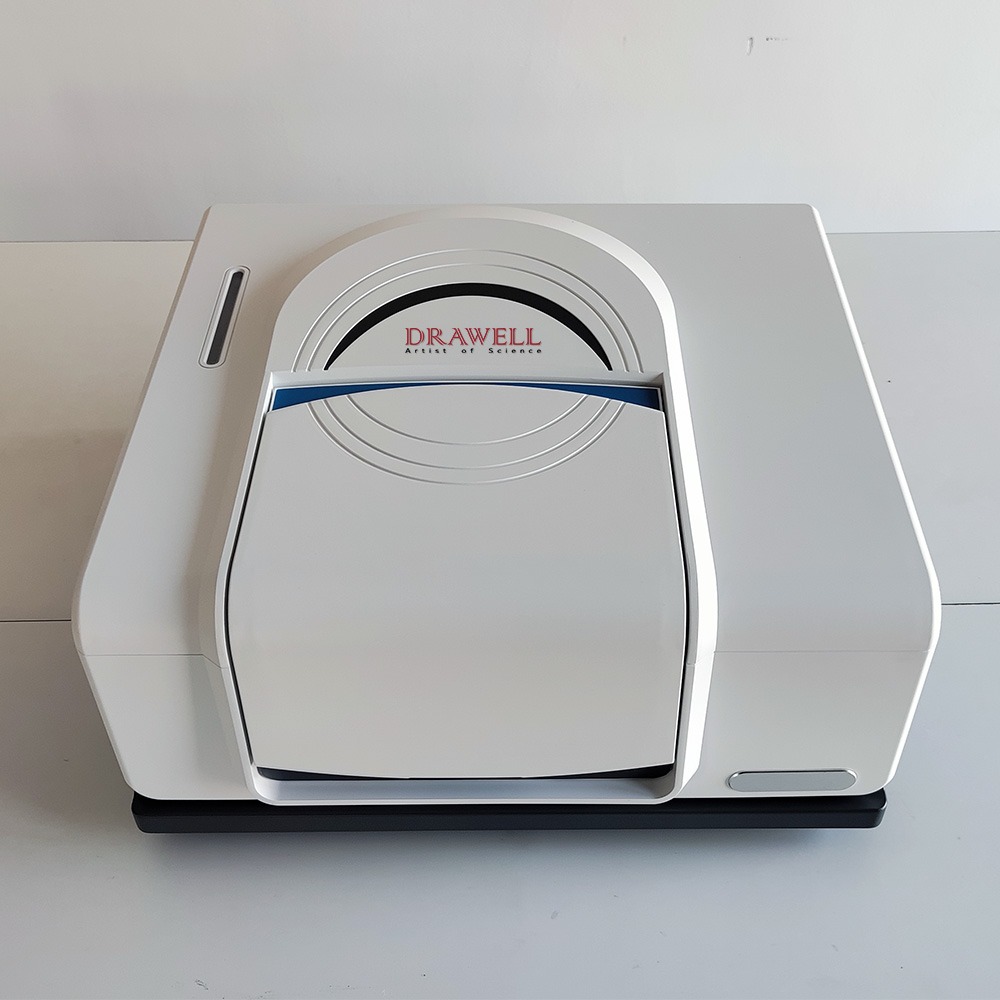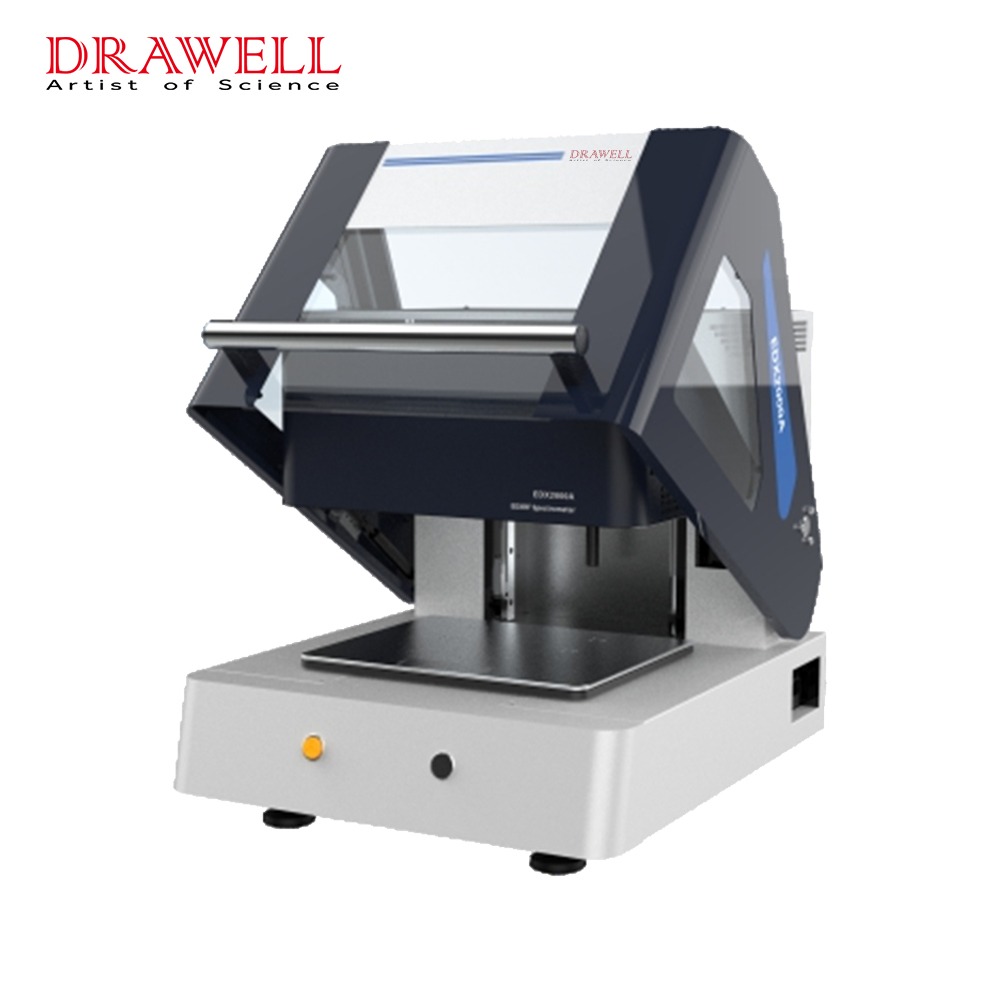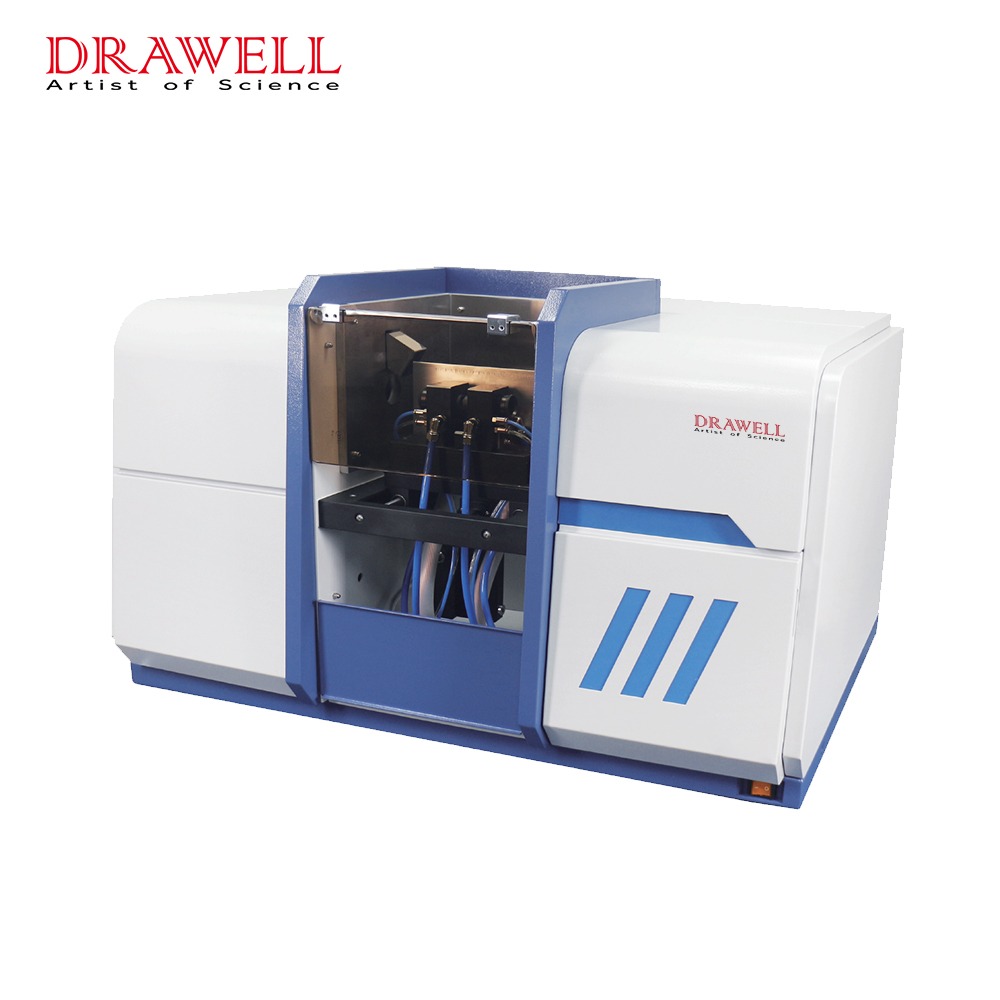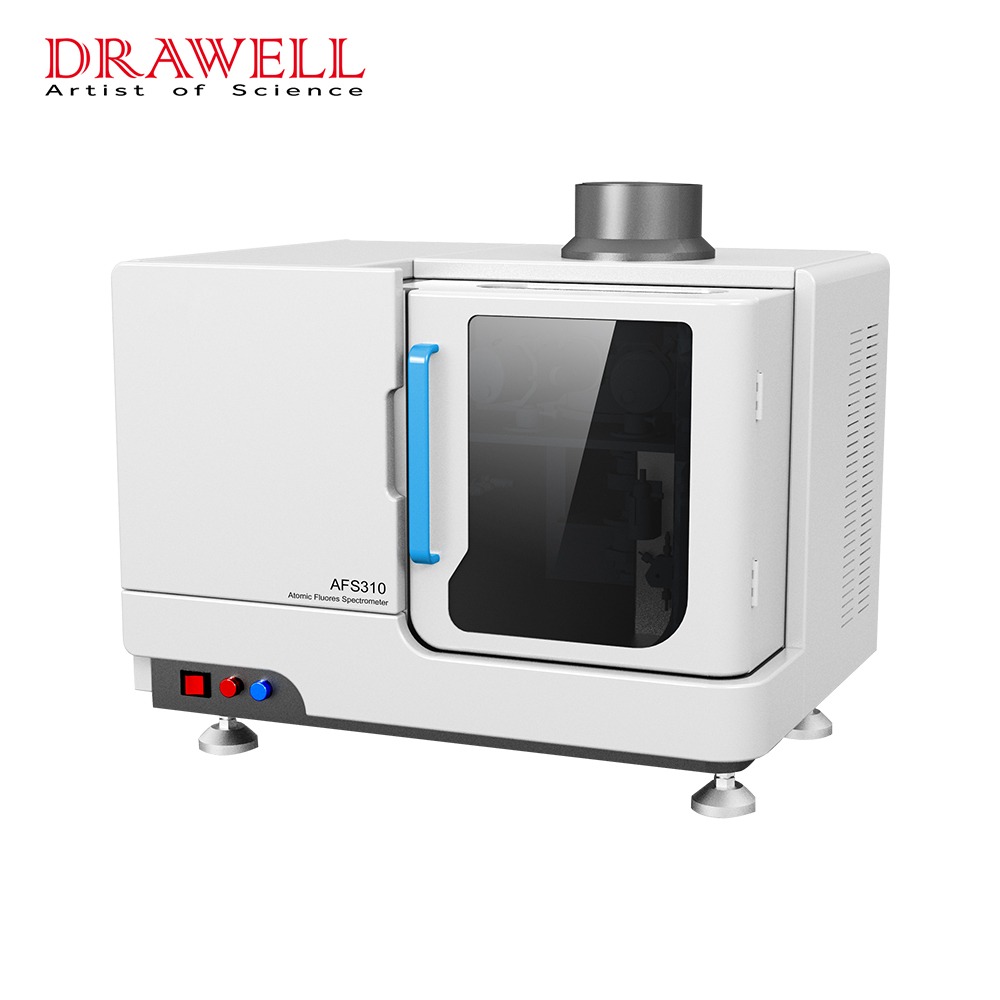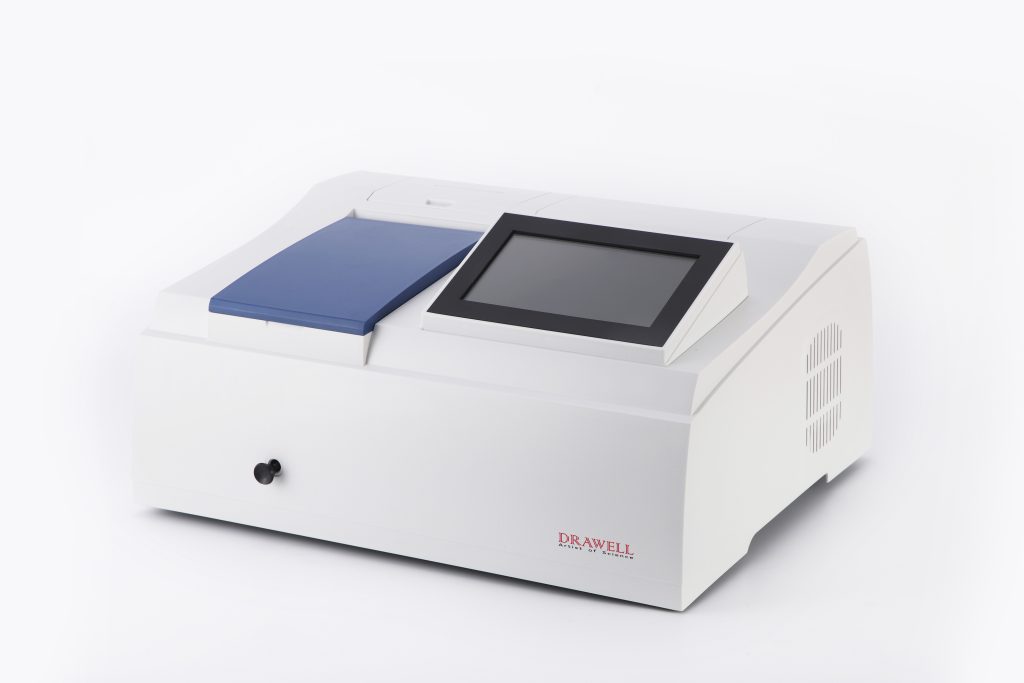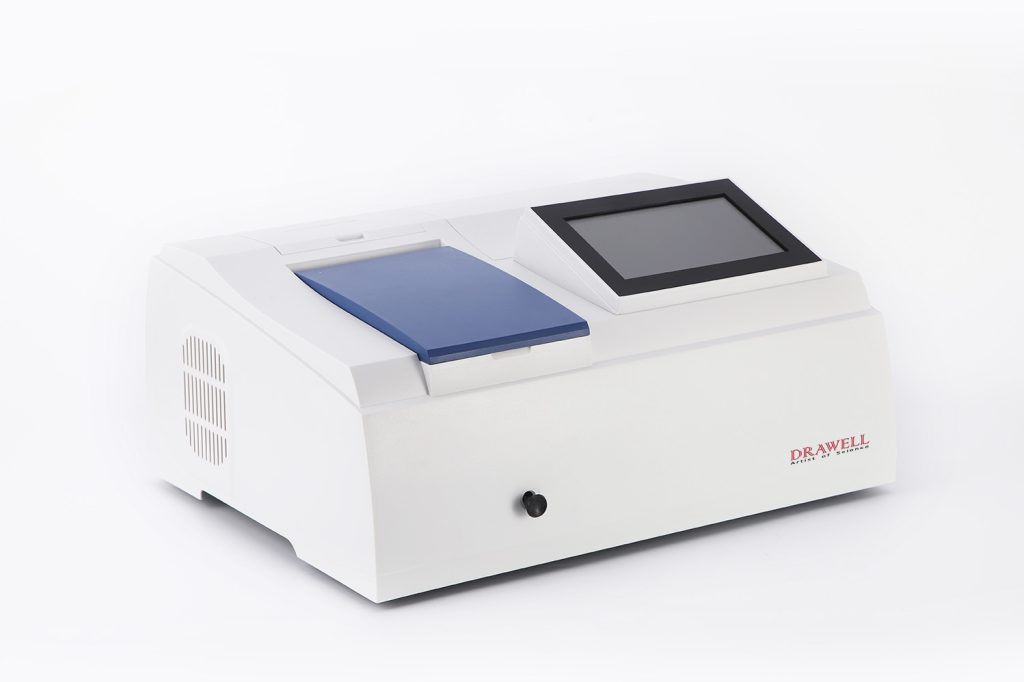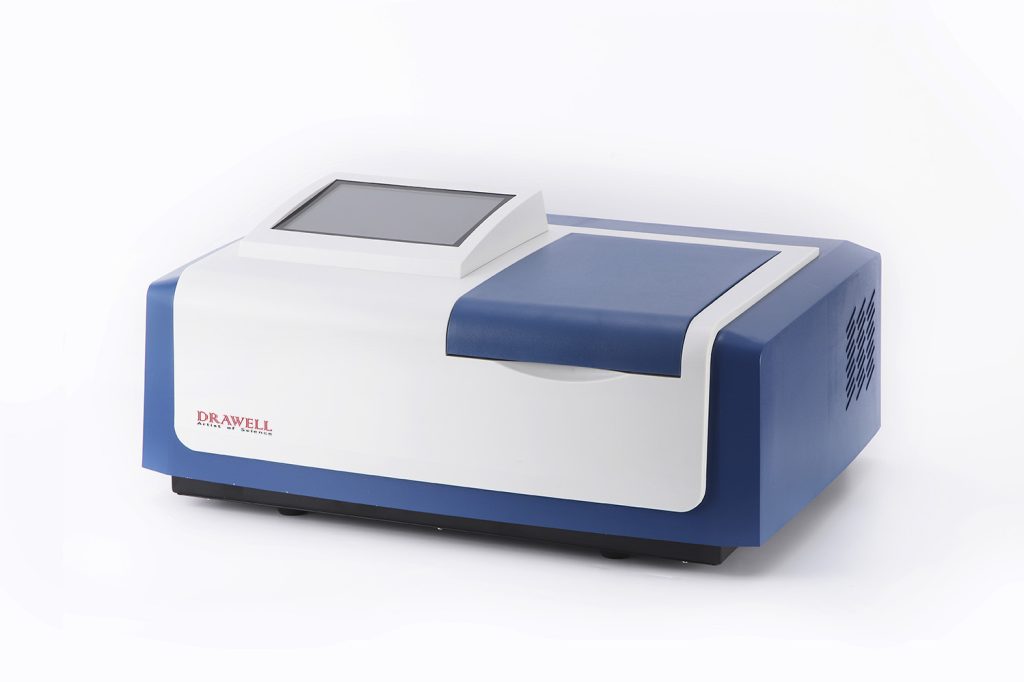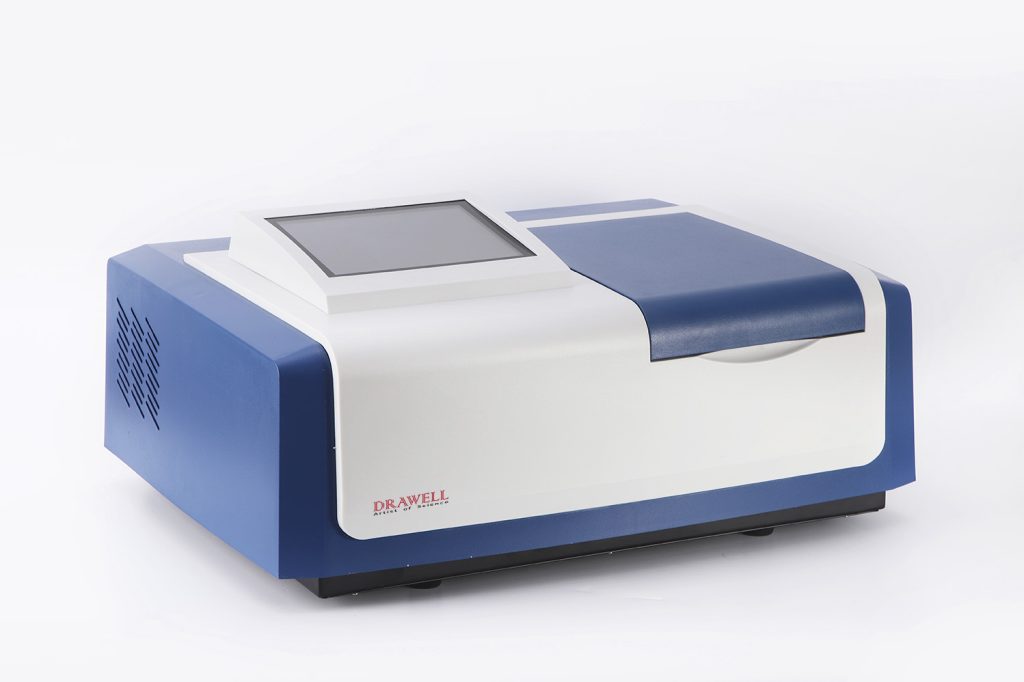A spectrophotometer, also known as a spectrometer, is a scientific instrument that decomposes complex light into spectral lines. The measurement range of the spectrometer generally includes the visible light region with a wavelength range of 380 to 780 nm and the ultraviolet light region with a wavelength range of 200 to 380 nm. Different light sources have their emission spectra, so different luminous bodies can be used as the light source of the instrument. The emission spectrum of a tungsten lamp: the spectrum light of 380-780nm wavelength emitted by a tungsten lamp is refracted by a prism to obtain a continuous chromatogram consisting of red, orange, yellow, green, blue, indigo, and violet; this chromatogram can be used as visible light The light source of the spectrophotometer.
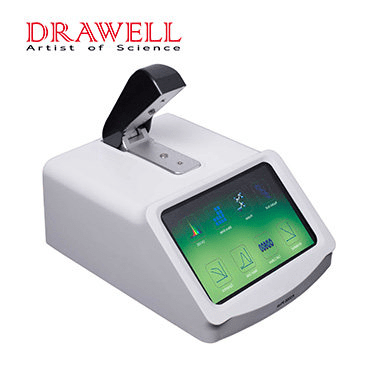
The spectral range of the spectrometer
The spectrometer includes the visible light region with a wavelength range of 400 to 760 nm and the ultraviolet light region with a wavelength range of 200 to 400 nm. Different light sources have their emission spectra, so different luminous bodies can be used as the light source of the instrument.
The emission spectrum of the tungsten lamp: the spectrum light of 400~760nm wavelength emitted by the tungsten lamp light source is refracted by a prism, and a continuous chromatogram composed of red-orange, yellow-green, blue indigo, and purple can be obtained; this chromatogram can be used as a visible light spectrophotometer light source.
The emission spectrum of a hydrogen lamp (or a deuterium lamp): the hydrogen lamp can emit a spectrum with a wavelength of 185 to 400 nm, which can be used as the light source of an ultraviolet photometer.
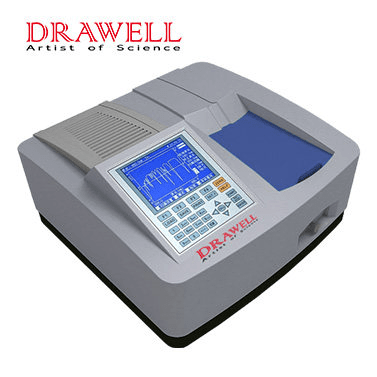
The absorption spectrum of the substance
If a solution of a certain substance is placed between the light source and the prism, the spectrum displayed on the screen at this time is no longer the spectrum of the light source, and several dark lines appear, that is, the light source of certain wavelengths in the light source emission spectrum. The solution absorbs and disappears. This spectrum after being absorbed by the solution is called the absorption spectrum of the solution. The absorption spectra of different substances are different. Therefore, according to the absorption spectrum, the substances contained in the solution can be identified.
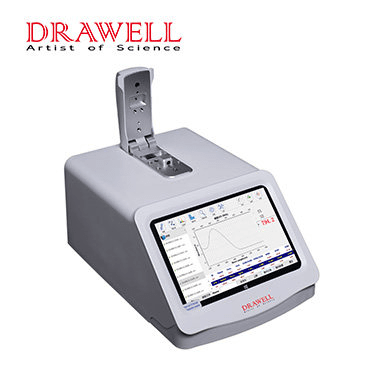
Use of spectrometer
Nucleic acid quantification
Nucleic acid quantification is the most frequently used function of the spectrophotometer. The spectrometer can quantify oligonucleotides, single-stranded and double-stranded DNA, and RNA dissolved in buffer. The absorption wavelength of the highest absorption peak of nucleic acid is 260 nm. The molecular composition of each nucleic acid is different, so its conversion factor is different. To quantify different types of nucleic acids, the corresponding coefficients must be selected in advance. For example, the absorbance of 1OD is equivalent to 50μg/ml dsDNA, 37μg/ml ssDNA, 40μg/ml RNA, and 30μg/ml Olig.
The absorbance value after the test is converted by the above coefficient to obtain the corresponding sample concentration. Before the test, select the correct program, enter the volume of the original solution and the diluent, and then test the blank solution and sample solution. However, the experiment was not all smooth sailing. Unstable readings may be the biggest headache for experimenters. The higher the sensitivity of the instrument, the greater the change in absorbance.
Direct quantification of protein (UV method)
This method is to directly test the protein at a wavelength of 280nm. Select the Warburg formula, the photometer can directly display the concentration of the sample, or select the corresponding conversion method to convert the absorbance value to the sample concentration. The protein determination process is very simple, the first test the blank solution, and then directly test the protein. Because there are some impurities in the buffer, it is generally necessary to eliminate the 320nm “background” information, and set this function to “on”. Similar to the test nucleic acid, the absorbance value of A280 is required to be at least greater than 0.1A, and the best linear range is between 1.0-1.5. The direct protein quantification method is suitable for testing purer and relatively single-component proteins. Compared with the colorimetric method, the ultraviolet direct quantification method is fast and easy to operate; however, it is susceptible to interference from parallel substances, such as DNA; in addition, it has low sensitivity and requires a higher concentration of protein.
Bacterial cell density (OD 600)
The laboratory can use a spectrometer to determine the growth density and growth period of bacteria. OD600 is the standard method for tracking the growth of microorganisms in liquid cultures. Use the culture solution without added bacteria as the blank solution, and then quantify the culture solution containing the bacteria after the culture. Occasionally in the experiment, the OD value of the bacterial solution may appear negative. The reason is that the color-developing medium is used, that is, after the bacteria have been cultured for some time, they react with the medium and cause a color change reaction. In addition, it should be noted that the tested samples cannot be centrifuged and the bacteria must be kept in suspension.

